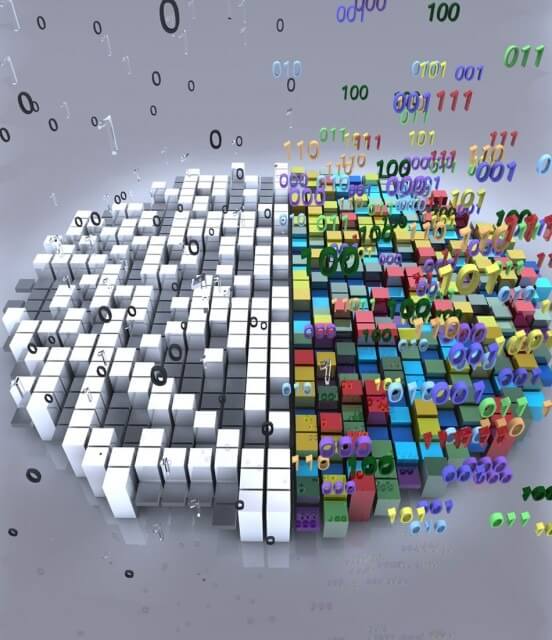- Get link
- X
- Other Apps

Experts at the MicroNano Research Center at the Royal Melbourne Institute of Technology (RMIT) have created a new cell of electronic memory that will allow you to better understand the work of the human brain. The memory element, which is 10,000 times thinner than a human hair, simulates the long-term memory and activity of the human brain in storing and processing information.
Researchers call their development "a significant achievement." Now the memory cells of most electronic devices can contain only one value - 0 or 1.
The memory we developed allows you to store a large range of numbers in a single memory cell. If you compare a conventional memory cell with a light switch, then it can only be turned on and off. Our version is similar to dimmer, - said the lead author of the study Hussein Nili (Hussein Nili).
This means that the new memory cell can process information in real time, simulating the work of the human brain.

Development, a detailed description of which is provided in the journal Advanced Functional Materials, promises a breakthrough in medicine. For example, a bionic brain grown outside the human body will help in treating such terrible ailments as Alzheimer's and Parkinson's.
There are two problems here: the difficult understanding of the processes inside the living brain and the consequences of experiments on living beings. Transfer of diseases to the bionic brain will greatly facilitate research and make them more accessible.
In addition, scientists hope that their invention will have a serious impact on the development of robotics. A modern computer first translates information into a digital form, and then processes it. In the human brain, information is processed immediately. Artificial neural networks based on artificial intelligence can erase this line.
The article is based on materials .
- Get link
- X
- Other Apps
Comments
Post a Comment